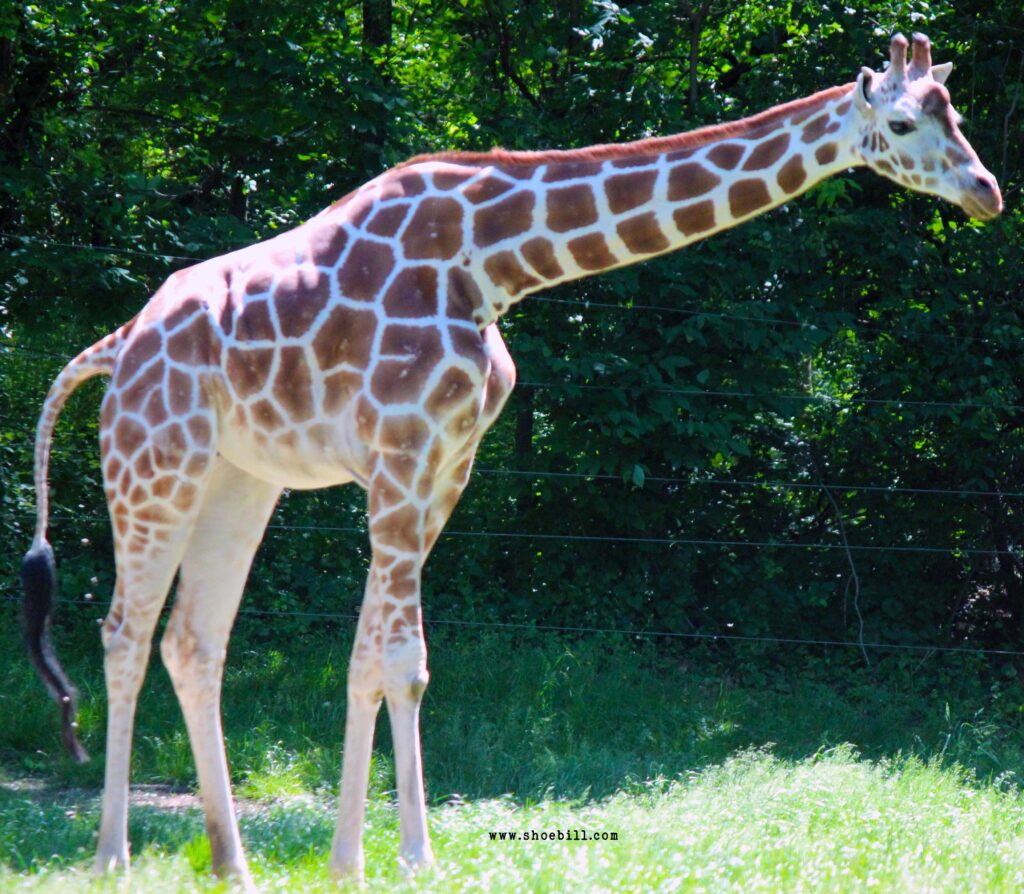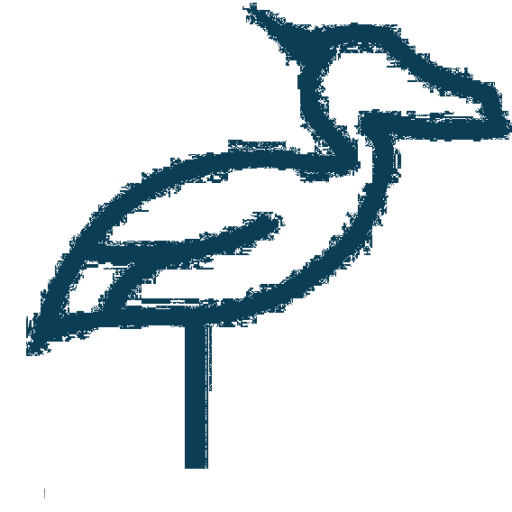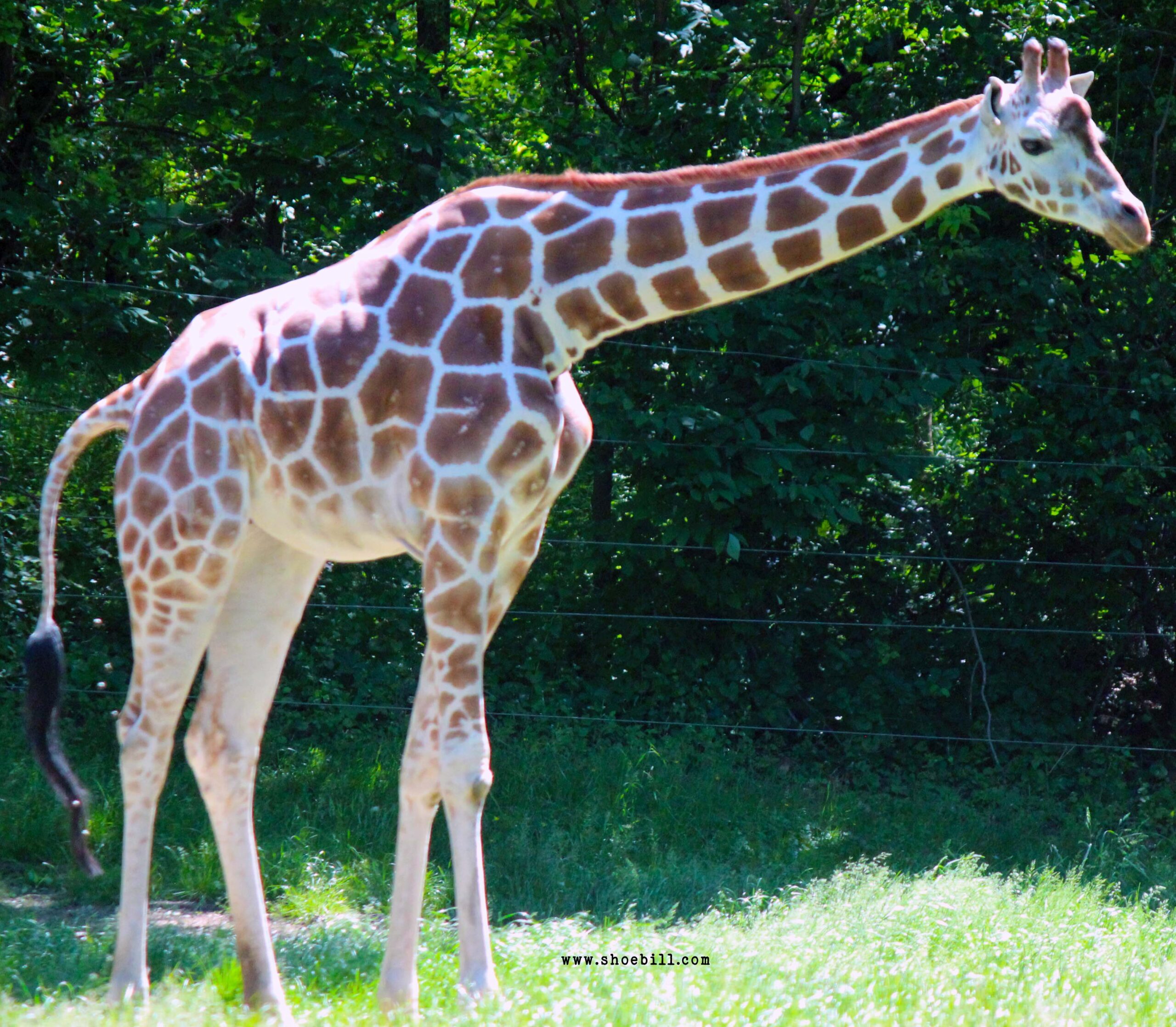Reticulated giraffe

The Reticulated giraffe is unique due to its distinct coat pattern, characterized by a network of white lines that stand out against a background of reddish-brown patches. This pattern helps them blend in with their habitat, while serving as a form of individual identification. Additionally, Reticulated giraffes have extremely long necks and legs compared to other giraffe subspecies, enabling them to reach higher foliage and walk longer distances.
1. What is the scientific name of the Reticulated giraffe?
The scientific name of the Reticulated giraffe is Giraffa camelopardalis reticulata.
2. Where do Reticulated giraffes primarily live and what is their habitat like?
Reticulated giraffes primarily live in the savannahs and grasslands of Northeastern Kenya, Somalia, and Ethiopia. Their habitat consists of open plains with scattered trees and shrubs.
3. How tall can Reticulated giraffes grow and what is their average weight?
Reticulated giraffes are one of the tallest land animals, with males reaching heights of around 16-18 feet (4.8-5.5 meters) and weighing around 2,500-3,000 pounds (1,100-1,400 kilograms). Females are slightly smaller.
4. What is the diet of Reticulated giraffes and how much do they need to eat each day?
Reticulated giraffes are herbivores, primarily feeding on acacia leaves and buds. They need to consume around 75-80 pounds (34-36 kilograms) of food per day to meet their nutritional needs
5. How do Reticulated giraffes protect themselves from predators?
Reticulated giraffes use their long legs and necks to keep distance from predators, such as lions and hyenas. Their height also allows them to have a better vantage point to spot potential threats.
6. Are Reticulated giraffes social animals? What is their social structure like?
Reticulated giraffes are social animals and live in loose groups called towers. Tower members are not strongly bonded and can change over time, but they do engage in social interactions, including grooming and playing.
7. How do Reticulated giraffes communicate with each other?
Reticulated giraffes communicate through a variety of vocalizations, such as snorts, grunts, and moans. They also use visual signals, such as necking (males fighting by swinging their long necks) and body postures.
8. What is the mating season and reproduction process of Reticulated giraffes?
The mating season for Reticulated giraffes can occur year-round, but it peaks during the rainy season. Males compete for dominance and access to females. The reproduction process includes courtship rituals and mating.
9. How long is the gestation period for Reticulated giraffes and how many offspring do they typically have?
The gestation period for Reticulated giraffes is around 14-15 months. Females usually give birth to a single calf, although twins can rarely occur but have a low survival rate.
10. What are the biggest threats to the survival of Reticulated giraffes in the wild?
The biggest threats to the survival of Reticulated giraffes in the wild include habitat loss, poaching for meat and trophies, and human-wildlife conflict resulting in fences or barriers that restrict their movement and access to food.



Giraffen Safari: Reise ins Giraffenreich – Ein Giraffen-Bilderbuch für Kinder
Read more
Kinderboeken over giraffen : Giraffe Avontuur: Reis naar het Giraffenrijk
Read more
Livres pour enfants sur les girafes en français : Safari à la girafe: Voyage dans le royaume des girafes
Read more
Giraffe Safari – Journey into the Giraffe Kingdom
Read more
キリン・キッズの日本語絵本 : キリン・サファリ
Read more
Сафарі на жирафах – Подорож у царство жирафів
Read more
Sjiraff safari En reise inn i sjiraffenes rike
Read more